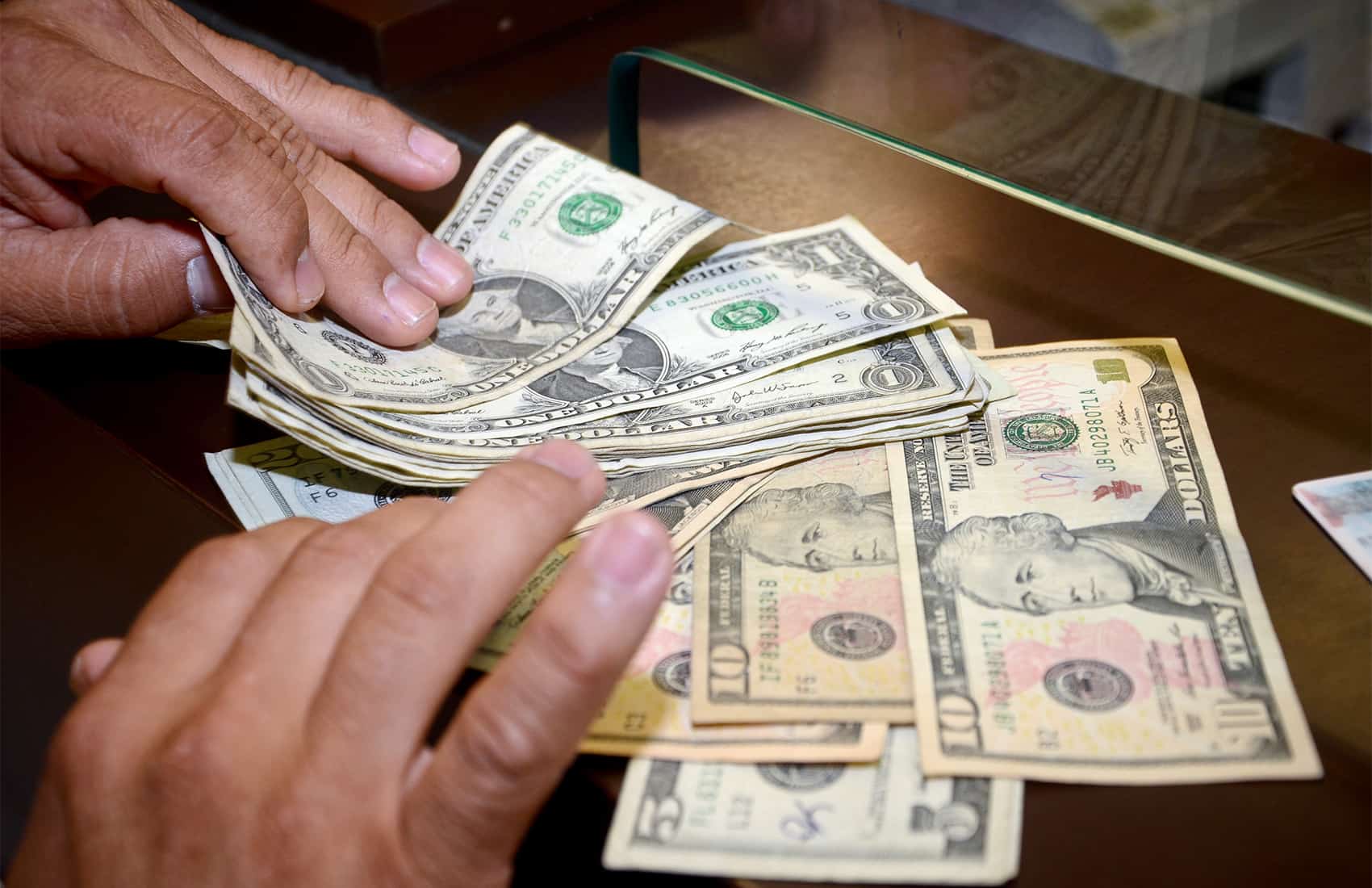The Costa Rican currency, the colón, has been on a slow slide against the U.S. dollar during the last several months, but analysts say it’s unlikely to fall much farther.
Since April, the colón has devalued roughly 2.4 percent against the dollar, from ₡541 in April to ₡554 at this writing, according to the MONEX exchange. Despite the dip, analysts say the fundamentals of the Costa Rican economy remain strong.
Still, those who earn colones but borrow in dollars could feel the pinch.
The colón to dollar rate remains below the ₡559 it reached in May 2014, its peak against the dollar in the last several years.
Three factors are increasing demand for dollars and driving up the colón:
- Higher prices for petroleum
- More imports
- Seasonal fluctuations in dollar flows
Pedro Aguilar, chief economic analyst for Aldesa Securities, told The Tico Times the recent rise in petroleum prices has played a role increasing demand for dollars in Costa Rica. Besides petroleum, which the government imports, everyday Costa Ricans are importing more goods from abroad, like cars, that need to be purchased with dollars.
He added that there is a seasonal element at work: “the green season.” The rains that nourish Costa Rica’s green forests between May and October tend to keep away tourists from the U.S., who flock to Costa Rica with dollars in hand during the winter months in the north.
Analysts did not foresee any dramatic changes in the exchange rate for the near future. Surveys from the Central Bank suggest the currency could fall another ₡10 over the course of 2016 but Aldesa forecasts a slightly smaller devaluation. Aguilar said the Central Bank has plenty of reserves to buy more colones to offset any shocks, among other tools.
Aguilar characterized the devaluation as “relatively normal.”
Luis Diego Herrera, an economist with Grupo Financiero Acobo, agreed the devaluation wasn’t surprising and added that it wasn’t necessarily a bad sign for the economy. The increase in imports could be a sign that companies are making capital investments and people are earning enough to purchase higher-end goods. A weaker colón also makes Costa Rican exports, from medical devices to pineapples, cheaper abroad.
But the devaluation also means those who earn colones but have owe debt in dollars are in a tight spot. The relative stability of the colón’s value and attractive borrowing terms have led people to prefer taking out loans in dollars in recent years, Herrera said, but now that the colón is weaker, monthly payments in dollars are getting more expensive.
Nearly 80 percent of Costa Rican loans in dollars are held by people who earn colones, according to figures from the Superintendence of Financial Entities (SUGEF) reported by the newspaper El Financiero in June.
Both analysts noted that while the exchange rate has been relatively stable and inflation remains low, the country’s fiscal deficit remains a major concern for Costa Rica’s longterm economic health.






